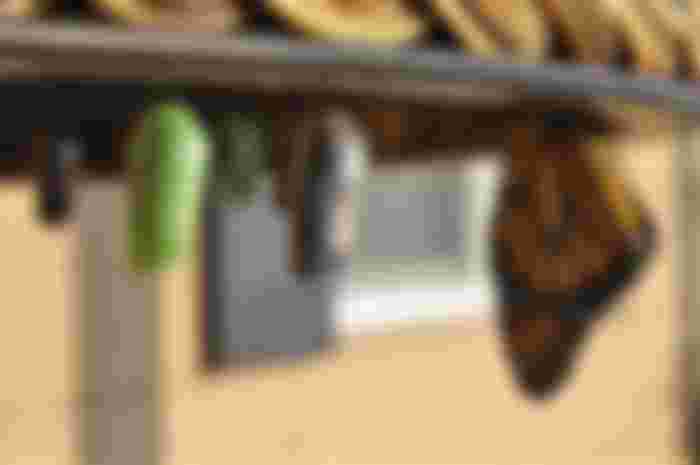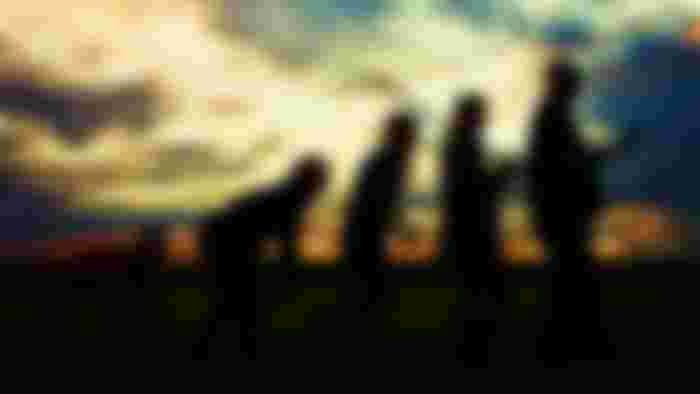The British naturalist Charles Darwin created a revolutionary thought in the history of biology and science as a whole. Scientist Charles Robert Darwin (1809-1812) was born in Sasbury, England. While exploring the Galapagos Islands in the Pacific Ocean, he was fascinated by the marvelous features of the flora and fauna of the region, and based on the information gathered, about 20 years after his return to England in 1837, a natural selection of species Expressed his doctrine. Note that although Darwin's theory is known as the theory of evolution, he is not actually the inventor of evolution. In the discussion of this chapter, we have already seen that scientists have known that biological evolution actually takes place since pre-Christian times. Darwin's success was to establish the concept of a mechanism based on sufficient scientific evidence as the cause of biological evolution, which could explain all aspects of evolution. Another contemporary British naturalist, Alfred Russel Wallace (1823-1913), at the same time but independently formulated a similar theory, citing natural selection as the cause of biological evolution. However, for various historical reasons, the theory is more prevalent in Darwin's name than his.

In Darwin's view, the general facts of nature are: (a) Excessive reproduction According to Darwin, reproduction at an excessive rate is an innate feature of an organism. As a result, the number of organisms increases geometrically and mathematically. For example: A mustard tree produces about 710 seeds a year. From these 730, ooo seeds 730, ooo mustard plants can be born. A female lays about 40 million eggs during the fish breeding season. According to Darwin, if all elephants evolved from one pair of elephants survived, the number of elephants in 750 years would be one crore ninety million. (b) Limited food and habitat: The habitat and food of the organism is limited due to limited surface area. (c) struggle for survival; Organisms multiply at geometric and mathematical rates, and because food and habitat are limited, organisms have to face stiff competition to survive. Darwin. He called such a struggle 'struggle for existence'. Darwin noticed that there are three stages to this struggle in life. They are happening. Interspecific struggle: For example, frogs eat insects, while snakes eat frogs. Again, the peacock eats both snakes and frogs এভাবে thus a vicious cycle of food-eating relationships between different species for purely biological reasons. (i) Intraspecific struggle: As the canals and habitats of different members of the same species are the same, as their membership increases, they begin to compete for survival among themselves. For example, as the number of herbivores on an island increased, they began to struggle among themselves due to limited food and shelter. In all animals, it covers the throat by resisting weak animals. As a result, the weak animals died of starvation within a few days. i) struggle with environment; Floods, droughts, hurricanes, sandstorms, earthquakes, volcanoes - such adverse environments disrupt the normal life of the organism. So the organism has to constantly struggle with these hostile environments in order to maintain its existence. Animals that can survive in this environment survive while others become extinct. For example, quails in North and Central America have become extinct as a result of extreme cold and snow. (d) Variation or change in living organism: According to Charles Darwin, no two living things on earth are ever exactly the same. At least there are some differences between them. That between the two creatures have got naturally.

Natural selection: This is the most important point in Darwin's theory. 'Organisms with favorable (or adaptive) variations have more opportunities to compete with others, a process called natural selection. 'Organisms with a favorable variety are selected by nature, survive in relatively large numbers, and reproduce at an exorbitant rate. On the other hand, hostile species cannot adapt to the natural environment. The result is gradual extinction. According to Darwin's theory, an organism that can adapt to a changed environment is often called a "worthy creature," and a worthy creature will survive the competition in the environment. () Origin of new species: Animals and plants in which favorable varieties are found, nature selects and nurtures them. Conveniently diverse animals and plants can adapt to the environment and reproduce at a higher rate than the uninfected. Inheritance varies among their descendants. Among these descendants again those who have more advantageous variety, nature selects them again. In this way, nature creates new species of animals and plants by selecting them from time to time. At present, geneticists, cytologists, and taxonomists say that the origin of a new species is based on the theory of evolution of the genus TT Era, that new species can be created in three different ways:
Isolation
Hybridization
Polyploidy.


Excellent article dear